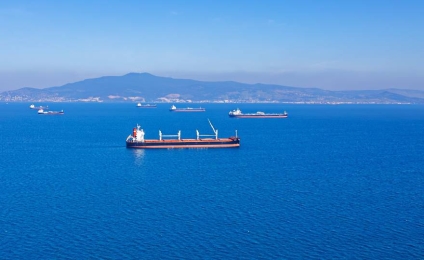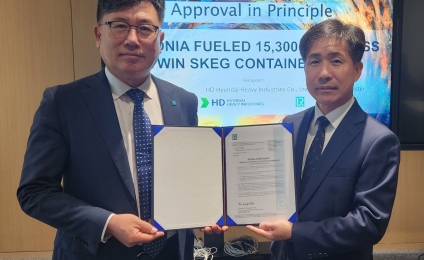With more than 670 ocean-going commercial ships and offshore units sold to yards for scrap in 2019, it is vital to ensure that ships, at the end of their life, are being recycled safely with minimum impact on human health and the environment.
A step towards ship recycling sustainability is the EU Ship Recycling Regulation (EUSRR) a regulation requiring ship-specific information on the hazardous materials on board, which will allow safe management at the end of vessel’s life, protects the crew’s safety and wellbeing, all while enhancing a company’s social responsibility profile.
According to the EUSRR, from 31 December 2020, any ship which is 500 GT or over, regardless of flag, will require a valid and certified Inventory of Hazardous Materials (IHM) on board, if calling at an EU port or anchorage. This inventory lists all items on board of ships, -structure, systems and fitted equipment- that may be hazardous to human health and the environment.
Many Greek shipowners are well-prepared and are working towards the end of year deadline, with Lloyd’s Register having already supported more than 160 Greek clients to meet the IHM requirements. However, time is running out for those who haven’t taken action, given the current Covid-19 pandemic and the necessary time needed for the compilation and verification of the IHM. In addition, there is no guarantee that there will be any relaxation in the deadline, despite industry claims, so shipowners must continue to prepare for the December 2020 deadline.
The ship recycling regulation is not something new. The journey started in 1999, with the 1st Global Ship Scrapping Summit, due to the growing industry realization of the need for more responsible ship recycling. Numerous resolutions and milestones have followed, with some important developments such as the IMO Hong Kong in 2009, which has not yet entered into force and the 2013 EUSRR. The EUSRR IHM requirements have been mandatory for EU-flagged newly-built ships since 31 December 2018. These mandatory requirements will extend to EU flagged existing ships as well as any non EU flagged ships calling at EU ports and anchorages from the 31 December 2020. Additionally, since end 2018, the EU flagged existing vessels should be recycled only in approved facility included in the European List and must comply with EUSRR final survey requirements.
The shipowner is responsible for the compilation of IHM. As best practice, we advise our customers to employ the services of a hazardous material expert to compile the IHM on their behalf, to undertake sampling as necessary. In order to achieve certification for an existing vessel there are two main steps. The first step is a desktop IHM approval by our Technical Support Offices. The second step is the on board survey, during which we check the IHM against onboard items in order to issue the certificate or a Statement of Compliance (SoC). Due to the travel restrictions associated with Covid-19, there is a growing demand from customers to undertake the on-board survey remotely. Lloyd’s Register is working closely with flag administrations, by conducting trials on a case by case basis, in order to build up our experience and ensure that the remote surveys can offer the equivalence to physical attendance. Most major flags are very forthcoming in their appetite to attend our trials.
The December deadline is not the end of the story, it’s just the beginning. The IHM is a living document, as it stays with the vessel throughout its life. To ensure compliance, there are three important requirements of the regulation. First requirement is that the IHM must be maintained and updated during vessel operation. Secondly, a procurement policy should be in place, which should require suppliers to complete the Material and Supplier Declarations of Conformity for the items brought on board as per the IMO Resolution and the EMSA best practice guidance. Last but not least, a designated person should be responsible for maintaining and updating the Inventory.
Staying consistent by using the same user friendly IHM template across the fleet is a great starting point and LR has a reliable, simple standard, editable template, which, since it is pdf based, works on all computer platforms and is freely available to all. Most importantly it is user friendly allowing designated persons to efficiently update the IHM as frequently as needed while it is easily stored / transferred due to its small file size. We believe that this takes care of the industry’s needs effectively, taking into account that ship managers are already overwhelmed with the new regulations and the many tasks in their day to day business to operate the vessels.
* South Europe Senior Consultant, Marine & Offshore for Lloyd’s Register










